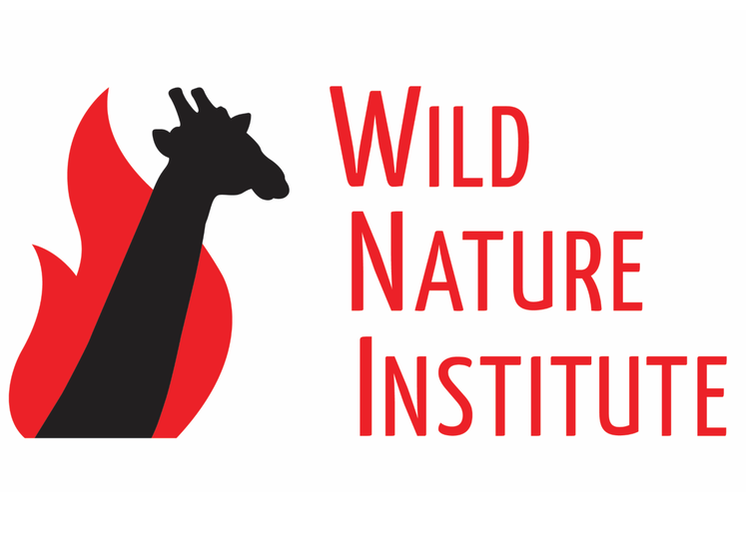|
Yesterday Wild Nature Institute's Dr. Derek Lee spent a stimulating day training Tanzanian university students and staff from the Tanzania Wildlife Research Institute (TAWIRI) and Tanzania National Parks (TANAPA) about techniques for monitoring giraffes. Derek discussed field study design, data collection methods, and how to use WildID software to create a database of individual giraffes. The database contains information about where and when each giraffe was seen, along with the giraffe's age, sex, and any other variables of interest. This information enables researchers to calculate population sizes by age and sex class. Mark-recapture statistics can be used to estimate survival, reproduction, and movements, enabling researchers to determine what might be causing a population to increase or decrease. The overall goal is to scale-up long-term giraffe population monitoring to other regions of Tanzania, to quantify population trends for conservation, and to help ensure a future for this magnificent mega-herbivore.
0 Comments
Wild Nature Institute's giraffe conservation research monitors more than 3,100 individual giraffes in the Tarangire Ecosystem of Tanzania. We are unable to identify most giraffes by eye in the field because of our very large sample population, so we rely on computer pattern-recognition software to match each giraffe's spot patterns and identify the individual after we return from surveys and process the photographs. However, there are some giraffes who stand out from the rest because of their unusual patterning, and we can instantly recognize them in the field. Below are photos of three singular female giraffes in the Tarangire region with striking, highly distinctive patterns, and we are always happy to see them on our surveys.
Wild Nature Institute scientists are in the midst of our 8th year of "long rainy season" surveys for giraffes in the Tarangire Ecosystem of Tanzania. The objective of our Project: GIRAFFE conservation science is to learn where giraffes are doing well and where they are not, and understand why they may be thriving in one area but declining in another. The ultimate goal is to protect and connect the places most important for giraffes and find ways that giraffes and other ungulates can live peaceably alongside people. As always, we thank our wonderful donors and supporters for helping this research to continue, so future generations can enjoy the same wildlife species we are lucky to share the planet with now. This little giraffe calf we saw yesterday thanks you, too!
|
Science News and Updates From the Field from Wild Nature Institute.
All Photos on This Blog are Available as Frame-worthy Prints to Thank Our Generous Donors.
Email Us for Details of this Offer. Archives
July 2024
|
|
Mailing Address:
Wild Nature Institute PO Box 44 Weaverville, NC 28787 Phone: +1 415 763 0348 Email: [email protected] |
|

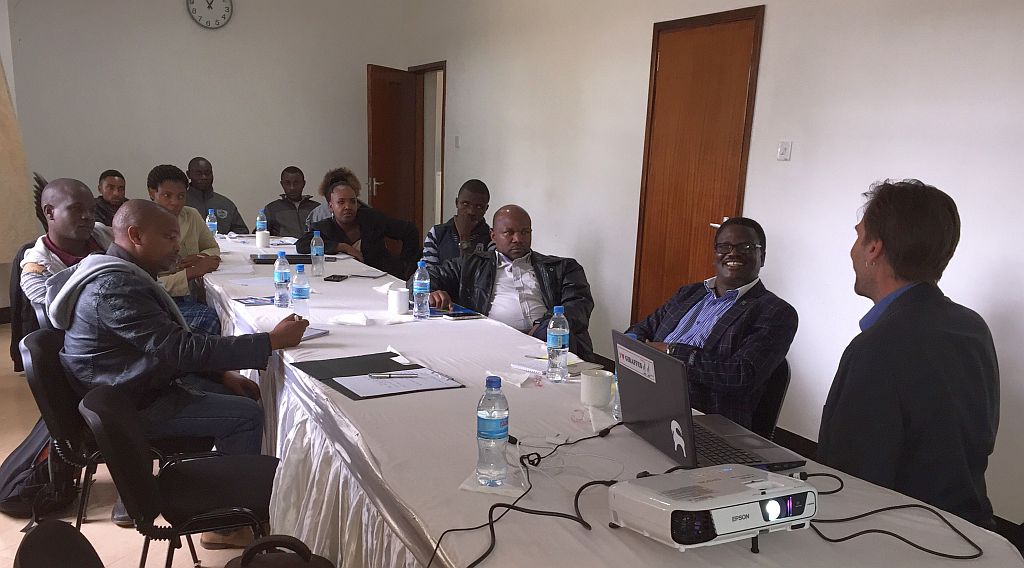
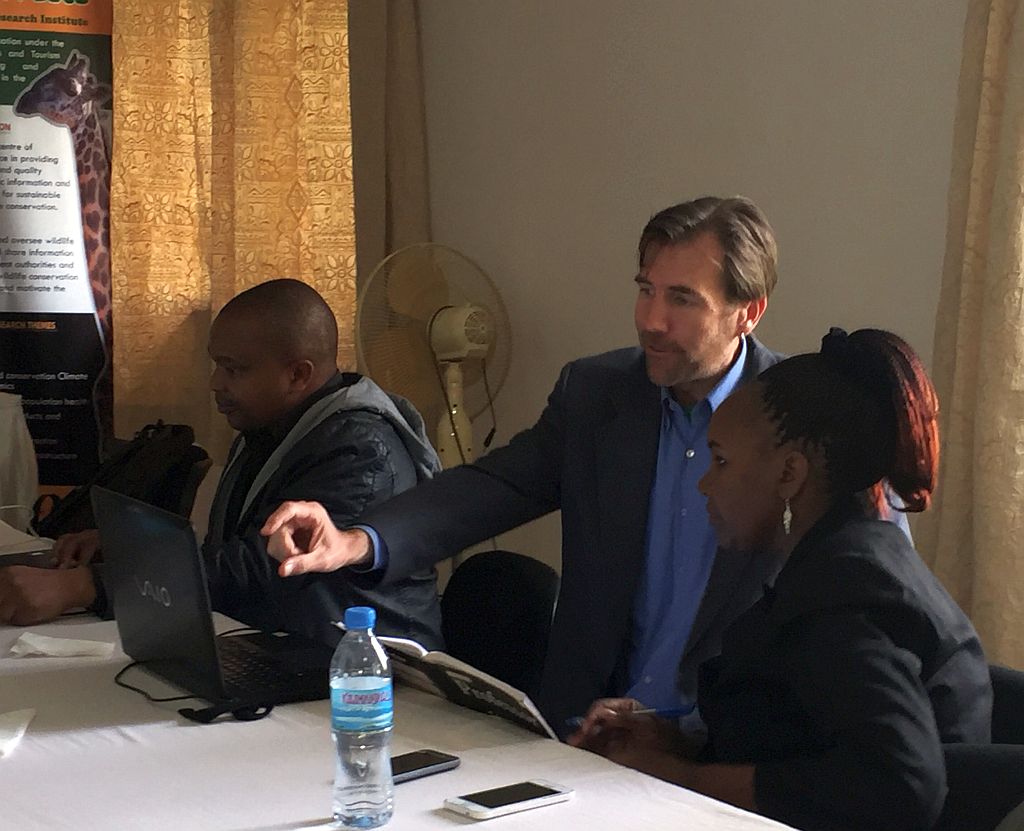
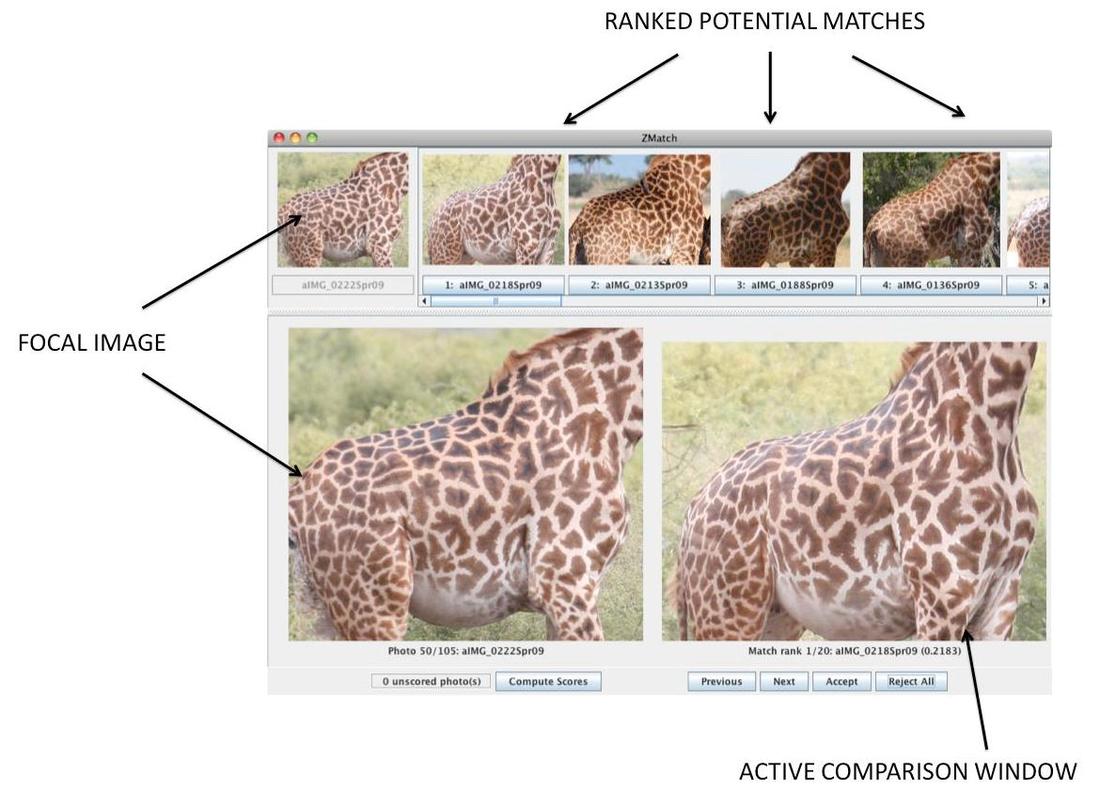
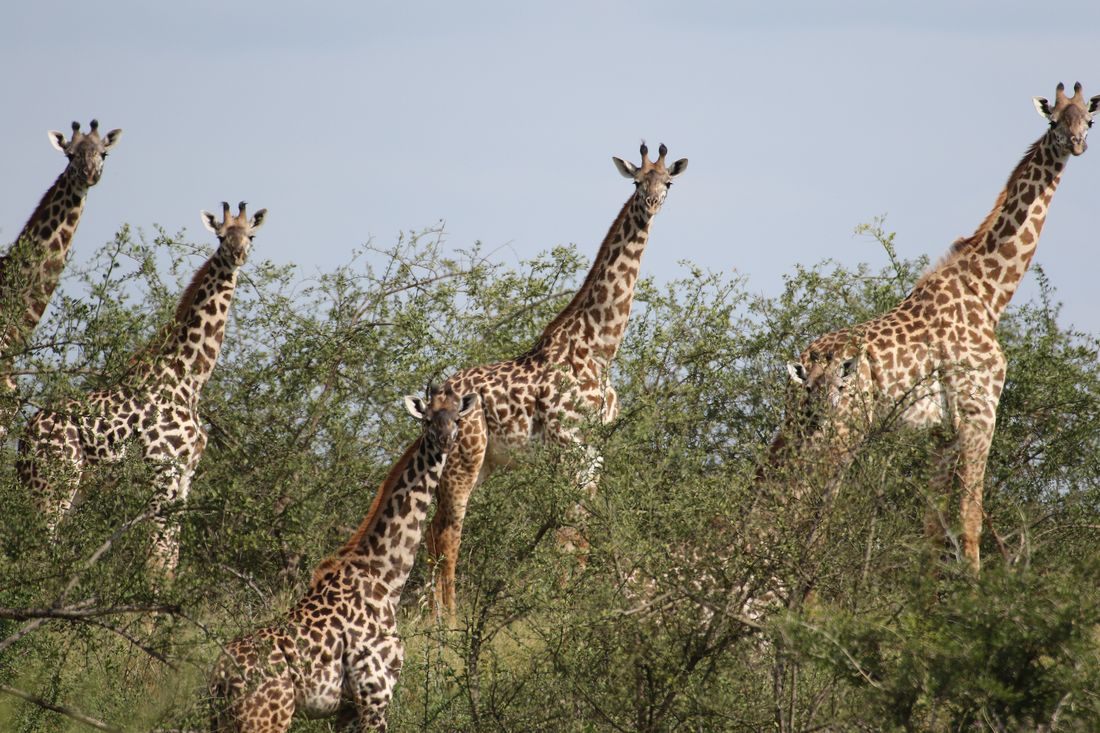
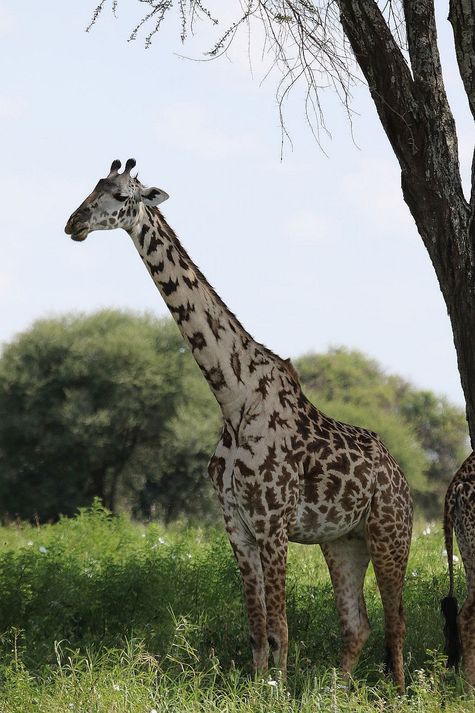
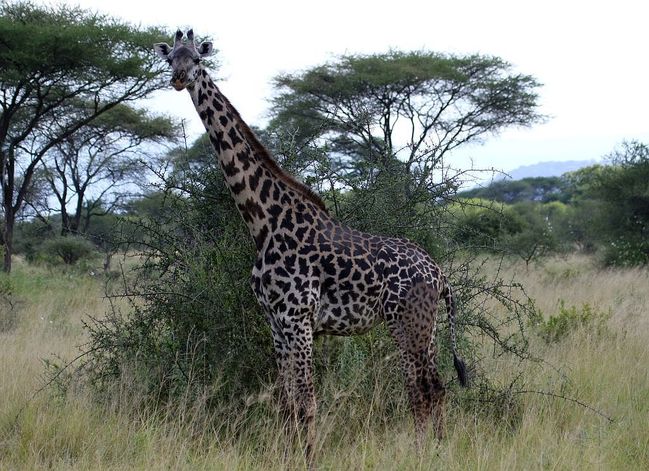
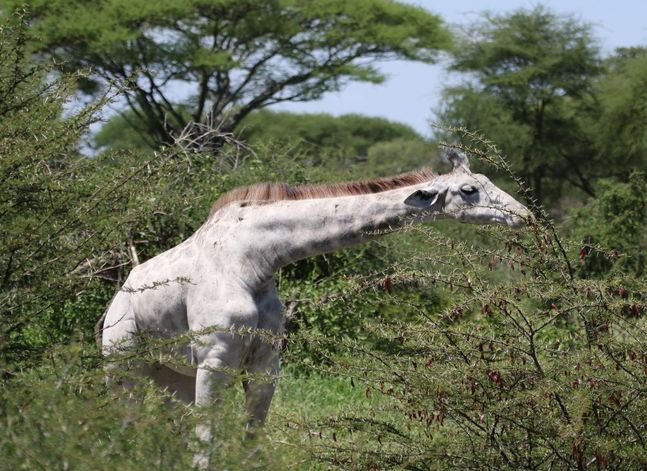
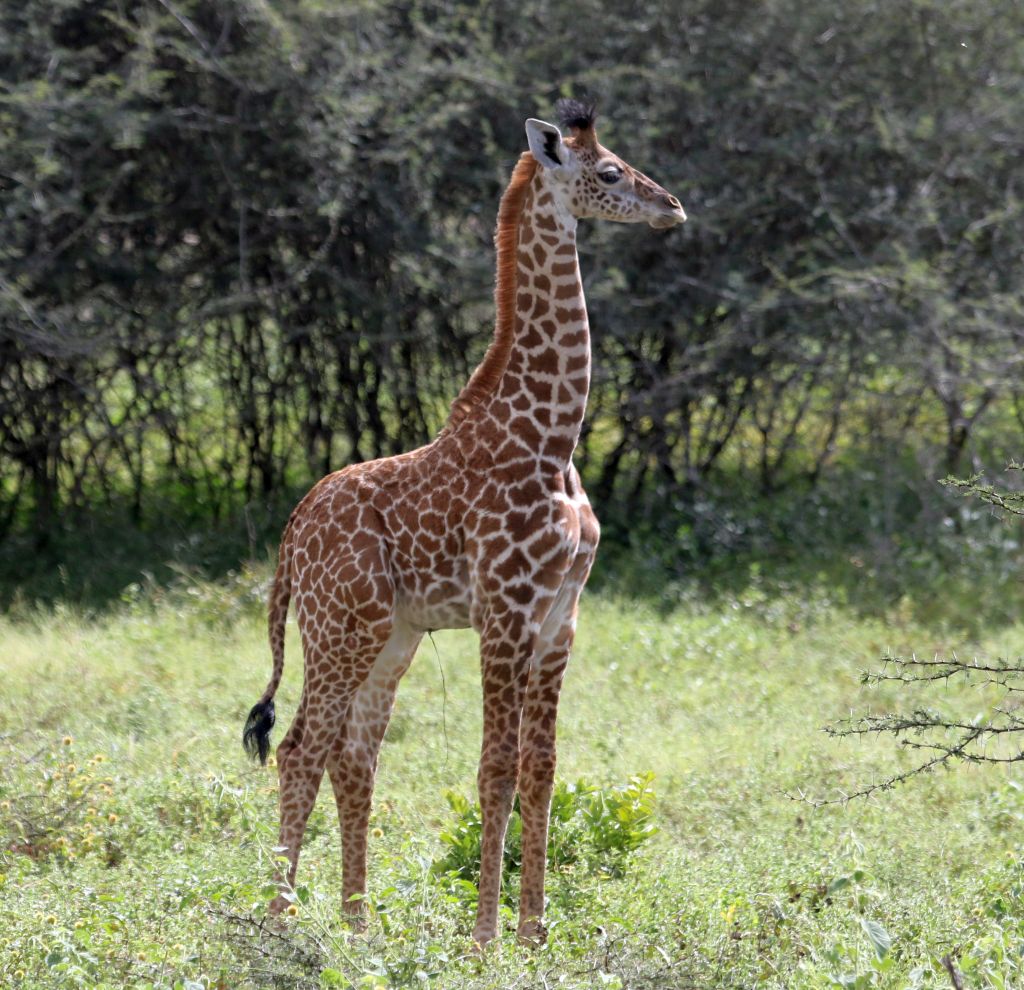
 RSS Feed
RSS Feed
